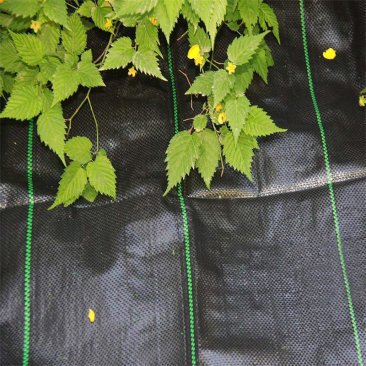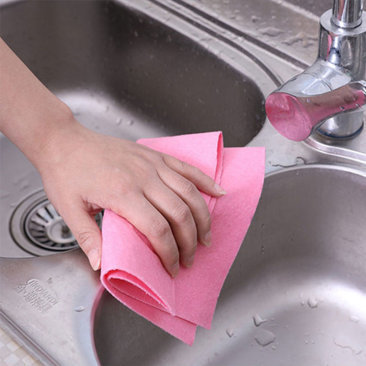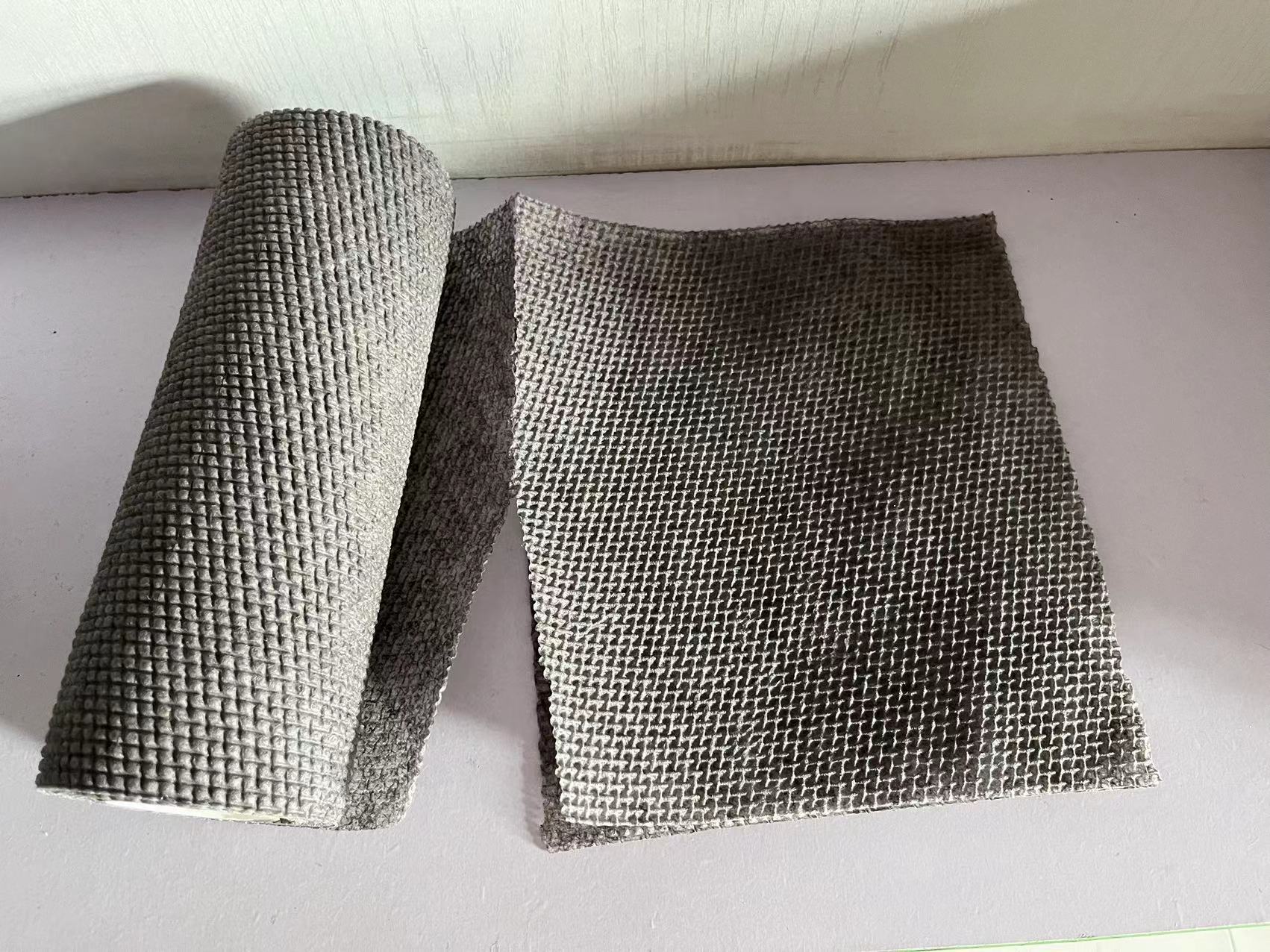18
2025
-
05
Choosing the Right Permeable Landscape Fabric for Your Project: A Comprehensive Guide
Choosing the Right Permeable Landscape Fabric for Your Project Table of Contents What Is Permeable Landscape Fabric? Benefits of Using Permeable Landscape Fabric Types of Permeable Landscape Fabric How to Select the Right Permeable Landscape Fabric Installation Tips for Permeable Landscape Fabric Maintenance and Care of Permeable Landscape Fabric Common Mistakes to Avo
Choosing the Right Permeable Landscape Fabric for Your Project
Table of Contents
- What Is Permeable Landscape Fabric?
- Benefits of Using Permeable Landscape Fabric
- Types of Permeable Landscape Fabric
- How to Select the Right Permeable Landscape Fabric
- Installation Tips for Permeable Landscape Fabric
- Maintenance and Care of Permeable Landscape Fabric
- Common Mistakes to Avoid When Using Landscape Fabric
- Frequently Asked Questions
What Is Permeable Landscape Fabric?
Permeable landscape fabric is a type of geotextile material designed to allow water and air to flow through while blocking the growth of weeds. This innovative product is particularly beneficial in landscaping and construction applications, as it promotes proper drainage and prevents soil erosion. Unlike traditional landscape fabrics, permeable options enhance the health of plants by facilitating necessary moisture and nutrient exchange.
Benefits of Using Permeable Landscape Fabric
1. Improved Drainage
One of the primary advantages of using permeable landscape fabric is its ability to provide excellent drainage. This feature ensures that excess water can escape, reducing the risk of waterlogging in your garden or construction site. Enhanced drainage leads to healthier root systems and can significantly improve plant growth.
2. Weed Control
Weeds can be a gardener's worst nightmare, competing with plants for vital nutrients and water. Permeable landscape fabric serves as a barrier that prevents weed seeds from germinating while still allowing moisture and nutrients to reach the soil. This dual function simplifies garden maintenance and promotes a healthier landscape.
3. Erosion Prevention
In areas prone to erosion, using permeable landscape fabric can stabilize the soil. It helps to maintain the soil structure and prevents the washing away of valuable topsoil during heavy rains. This protection is critical for maintaining the integrity of slopes and preventing costly repairs.
4. Environmental Benefits
By allowing water to permeate through the fabric, this product supports natural water cycles and minimizes runoff. This characteristic is particularly important for sustainable landscaping practices, as it helps recharge groundwater supplies and supports local ecosystems.
Types of Permeable Landscape Fabric
1. Woven vs. Non-Woven Fabrics
Permeable landscape fabrics generally fall into two categories: woven and non-woven. Woven fabrics are made from interlaced fibers, providing strength and durability. Non-woven fabrics, on the other hand, are made from bonded fibers and typically offer better filtration properties. The choice between them will depend on your specific project requirements.
2. Biodegradable Options
For environmentally conscious projects, biodegradable permeable landscape fabrics are available. These materials are designed to break down over time, enriching the soil as they decompose. They are ideal for temporary applications where you want to protect plants and promote healthy soil without leaving behind synthetic materials.
3. Heavy-Duty Fabrics
In high-traffic areas or where significant weight will be placed on the fabric, heavy-duty permeable landscape fabrics are advisable. These robust materials can withstand wear and tear, making them suitable for pathways, driveways, or commercial applications.
How to Select the Right Permeable Landscape Fabric
1. Assess Your Project Needs
Before selecting a permeable landscape fabric, evaluate the specific needs of your project. Consider factors such as the type of plants you are using, the soil composition, and the amount of foot traffic in the area. Understanding these elements will guide you toward the most suitable fabric.
2. Check Fabric Specifications
When shopping for permeable landscape fabric, pay close attention to the specifications, including weight, pore size, and permeability rate. These factors will determine how well the fabric performs in your specific application. A higher permeability rate, for example, ensures better water flow.
3. Consider Durability and Lifespan
Evaluate the durability of the fabric, especially if it will be exposed to harsh weather conditions or heavy usage. Higher-quality materials may have a higher upfront cost but will save you money in the long run by reducing the frequency of replacements.
Installation Tips for Permeable Landscape Fabric
1. Prepare the Ground
Begin by clearing the area where the fabric will be installed. Remove any debris, rocks, and existing vegetation to create a smooth surface. This preparation is essential for allowing the fabric to lay flat and function correctly.
2. Cut to Size
Measure the area accurately and cut the permeable landscape fabric to fit your space. Ensure that you leave some extra material around the edges for easy anchoring and secure fitting.
3. Secure the Fabric
Use landscape stakes or staples to secure the fabric in place, especially on sloped surfaces. This anchoring will prevent the fabric from shifting or wrinkling over time, maintaining its effectiveness.
4. Overlap Seams
If your project requires multiple pieces of fabric, ensure that you overlap the seams by at least 12 inches. This overlap prevents gaps where weeds could penetrate and ensures continuous water flow.
Maintenance and Care of Permeable Landscape Fabric
1. Regular Inspections
Perform regular inspections of your landscape fabric to check for signs of wear or damage. Addressing any issues promptly can extend the lifespan of the fabric and maintain its functionality.
2. Cleaning Debris
Periodically remove any debris or sediment that accumulates on top of the fabric. This cleaning will ensure that the fabric remains permeable and continues to allow water to flow through effectively.
3. Replacing Worn Sections
If you notice areas of the fabric that have been damaged or worn out, consider replacing those sections to maintain the integrity of your landscape. Timely repairs can prevent larger issues from developing down the line.
Common Mistakes to Avoid When Using Landscape Fabric
1. Overlooking Soil Preparation
One of the biggest mistakes is neglecting to prepare the soil before installation. Proper preparation is crucial for ensuring the effectiveness of the permeable landscape fabric. Skipping this step can lead to poor drainage and weed growth.
2. Using the Wrong Type of Fabric
Choosing an inappropriate type of fabric for your specific project can hinder its performance. Be sure to select a fabric that meets the needs of your landscaping goals and the environmental conditions of your site.
3. Ignoring Maintenance
Failing to maintain your permeable landscape fabric can result in reduced effectiveness over time. Regular maintenance, including cleaning and inspections, is essential for optimal performance.
Frequently Asked Questions
1. Can I use permeable landscape fabric under gravel?
Yes, permeable landscape fabric can be used under gravel to prevent weed growth while allowing water to drain through effectively.
2. How long does permeable landscape fabric last?
The lifespan of permeable landscape fabric varies based on material quality and environmental conditions, but high-quality options can last several years.
3. Is permeable landscape fabric biodegradable?
Some permeable landscape fabrics are designed to be biodegradable, breaking down over time to enrich the soil without leaving synthetic materials behind.
4. Can I plant directly into permeable landscape fabric?
While you can plant through permeable landscape fabric, it's essential to cut appropriate holes to ensure that plants have enough space for root growth.
5. What happens if permeable landscape fabric gets clogged?
If the fabric becomes clogged with debris, it may limit its permeability. Regular cleaning can help maintain its function and extend its lifespan.
Conclusion
Choosing the right permeable landscape fabric is crucial for ensuring the success of your landscaping or construction project. By understanding the various types, benefits, and installation techniques, you can make an informed decision that aligns with your project needs. Remember to prioritize soil preparation, select the appropriate fabric, and maintain it regularly to achieve the best results. With the right permeable fabric in place, you’ll create a sustainable and beautiful landscape that thrives for years to come.
permeable landscape fabric
Prev












